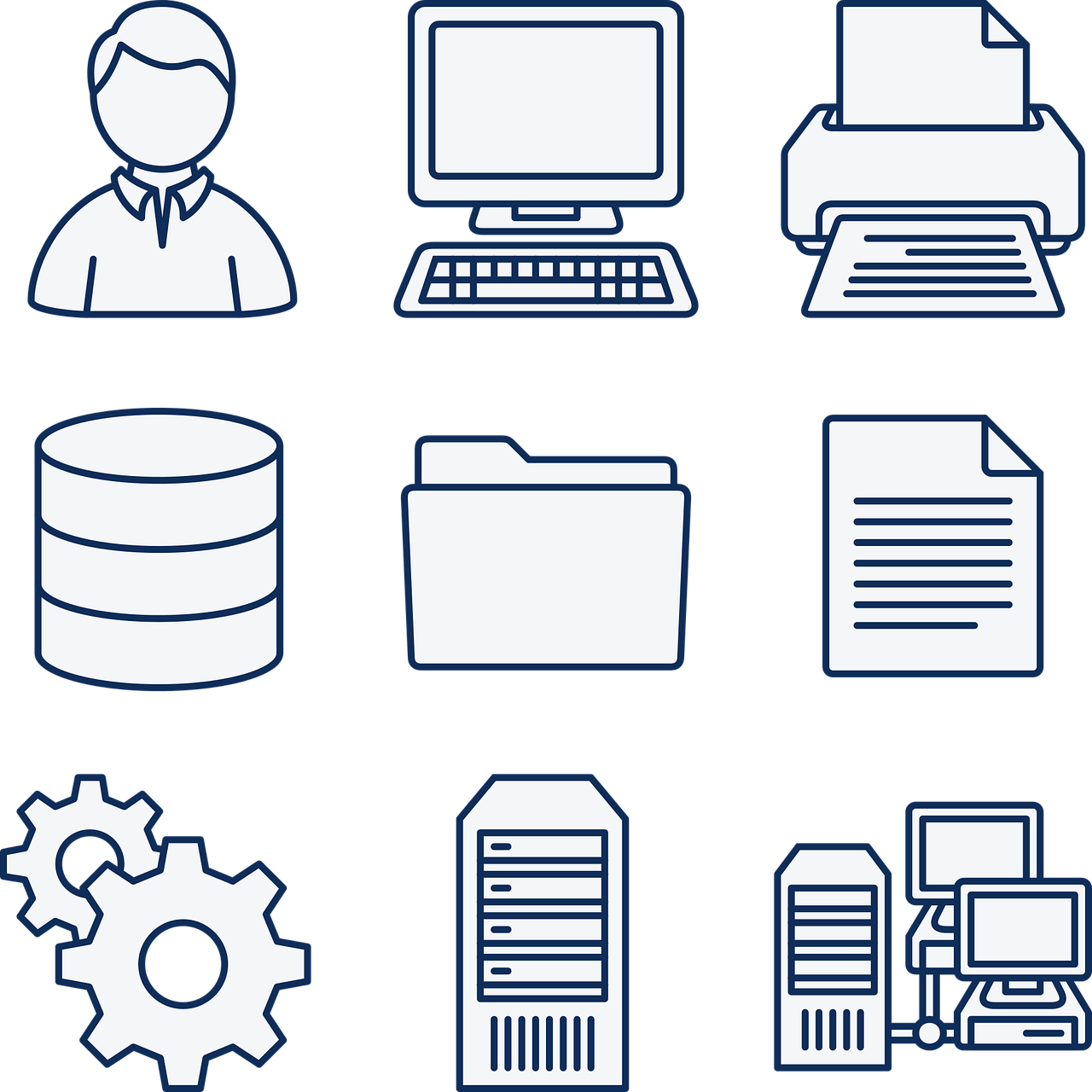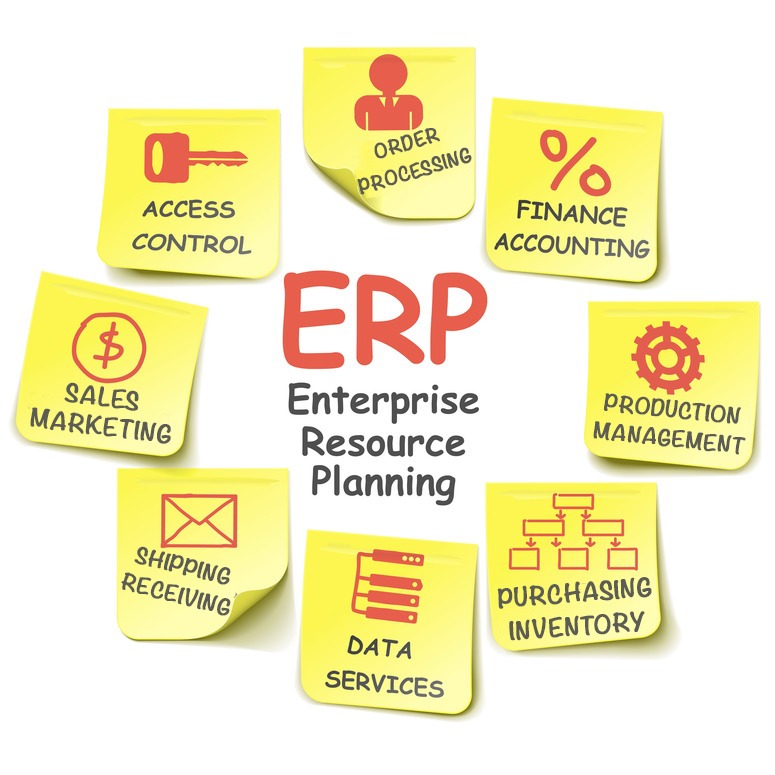Steps to Start an Embroidery Business in Today’s Competitive Market
Entrepreneurs everywhere are exploring business ideas likely to provide a solid, steady income in the current business environment. While there are a variety of businesses with potential, starting an embroidery business is certainly worth considering. If this is on your radar, there are several factors to consider that are unique to this industry.
Why Choose an Embroidery Business?
Anyone thinking about starting a business today must like the industry. Because any startup will require a significant investment of both time and capital, enjoying what you’re doing is vital to avoid burning out. Before deciding on starting an embroidery business, prospective entrepreneurs are strongly encouraged to carefully research the industry to determine how they operate and the commitments required.
After evaluation, if you’re still interested in pursuing this industry, it’s time to look at the other challenges you’ll face. Taking the time to create a well-thought-out, detailed plan which considers as many variables as possible will make your entire endeavor much easier than it would be with poor planning. Continue reading and learn how to start an embroidery business.
Research the Competition
Far too many prospective business owners fail to look carefully at the current environment prior to opening a business. If there are several direct competitors in a limited market area, the odds of success are significantly reduced.
Online marketing efforts can mitigate the situation to some degree, but also remember the online marketing competition is fierce, suggesting that on-the-ground sales will most likely be needed as well.
Establishing a niche market can help, but that’s generally difficult to do unless a truly unique product line or category is developed. Again, knowing your competition is incredibly important to succeeding.
Another step in starting an embroidery business is carefully identifying a target market is also vital to the long-term success of any business, and the embroidery business is no exception. If your target market is small and products are not quickly consumed and replaced, it can be difficult to maintain a consistent level of sales. That’s why considering all market venues at this point is an absolute requirement.
Develop a Business Plan
While this would appear to be common sense, the majority of new businesses don’t have a plan that addresses all possible contingencies. Business planning takes time and generally requires the assistance of accounting and legal experts.
The business plan must contain solid, accurate estimates of costs for a building to house the business, the embroidery equipment and other materials necessary to begin operations, and the costs of hiring and training employees. While a small embroidery business may not require several employees initially, planning for growth before opening the doors should definitely be included in the plan.
This is an area where the research conducted earlier can help. Look carefully at successful embroidery businesses to see what they’re doing. Also, look at lower-performing operations to see how their practices may be influencing their lack of success. Emulating the successful businesses will enhance a new business’s odds of success.
Explore Financing Options
Financing any business, especially a new one, has traditionally been somewhat difficult. That’s especially true in the years following the onset of a recession. Banks will remain somewhat reticent when it comes to financing new ventures, so looking at all available options is important to ensure adequate financing is obtained.
The term, adequate financing, is important to remember. A large percentage of new businesses fail quickly because they lack the financing needed to become established, not because the products or services they’re providing aren’t needed.
Discussing the proposed embroidery venture with a traditional lender shouldn’t be ignored, but don’t be surprised if they aren’t overly excited with your plans. Being open to different strategies is a requirement. So, what does that mean?
First, look for anyone in your life willing to invest in your dream. While borrowing from family members and friends can cause issues, it’s always an option to consider. Venture capitalists are also an option, with some focusing on helping small businesses get started. Newer options, like GoFundMe, shouldn’t be ignored either. While most people won’t find the level of financing they need from that type of source, they may find a significant percentage of the total amount required.
Another option that’s currently being used successfully around the country is grants. Anyone considering a new embroidery business should certainly consider applying for economic development grants in their regions. While the conditions of those grants will vary depending on the new business’s location, virtually everyone will find there are different types of grants available to aspiring entrepreneurs in their region.
It is likely that no one source of financing will be adequate, suggesting that it’s important to develop a mix-and-match strategy using all the available resources. Of course, it’s also important to make sure repayment terms won’t cripple the new embroidery business before it’s ever established.
Look Ahead
The embroidery business isn’t static. That means your business plan should evaluate both current and future. While online sales still trail brick-and-mortar sales, they are consistently gaining ground. That means a website is essential and an ecommerce site is highly recommended.
Technology is rapidly evolving, meaning new businesses must evaluate the trends prior to investing in expensive equipment. While the newest technology may be more expensive initially than older varieties, opting for the newer technologies may save money in the long term. While making predictions can be difficult, doing the research and looking carefully at what competitors are doing can make the process easier for new embroidery business owners.
Choosing the Right Embroidery Management Software
Even the best hardware available won’t benefit an embroidery business if the right software solutions are not installed and used.
Make sure the embroidery software you choose insures seamless communication between sales and marketing, order processing, purchasing and inventory, production management, shipping and receiving, finance and accounting. This will prevent bottlenecks and minimize quality control issues. Clients will be happier and employees will be less frustrated.
To avoid major obstacles in the beginning and throughout the growth of your embellished product business, don’t overlook the right software.
Getting Started
Opening any new business presents a significant level of risk, but that’s never stopped successful entrepreneurs in the past. Yes, many new businesses fail within the first couple of years, but when a business is carefully researched and comprehensive business plans are developed, those risks are dramatically reduced.
If you’re truly motivated to develop a new embroidery business, get started now. Get the advice needed from accountants and legal professionals and explore all the funding options available. You’re likely to find getting established is difficult and time consuming, but the benefits merit the work involved.
Don’t forget to view our Business Growth Tips.









